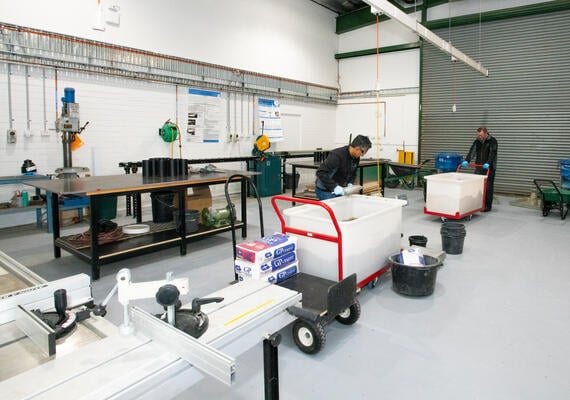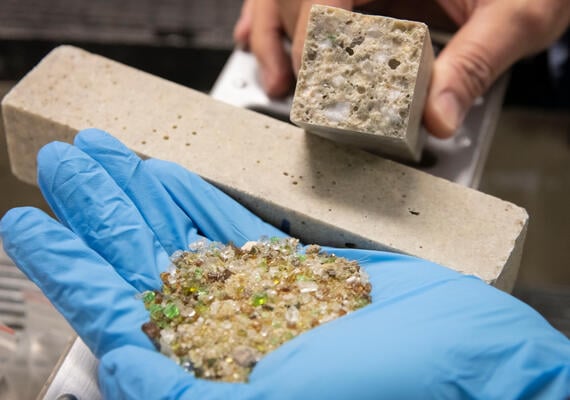
Using plastic dialysis waste to produce durable concrete
Dialysis treatments in Victoria create up to 5,100 tonnes of plastic waste per year. Our project team aims to use the shredded plastic waste to create a new type of concrete that is less susceptible to corrosion, thus enhancing the lifespan of the structure, while simultaneously recycling plastic waste.


